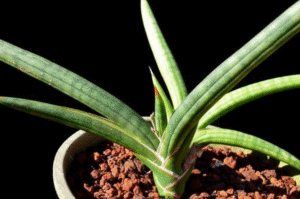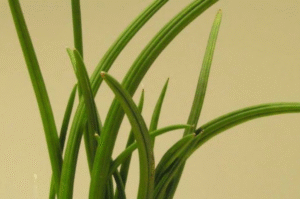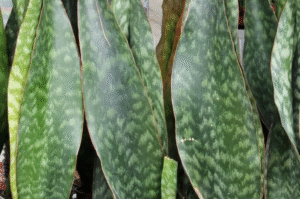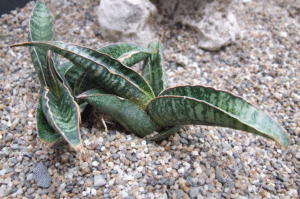Looking for a stylish, compact houseplant that thrives with minimal effort? Meet the Sansevieria ‘Golden Hahnii’, also known as the Golden Bird’s Nest Snake Plant. This dwarf variety of snake plant is admired for its short, rosette-forming leaves edged in gold, making it a popular pick for small indoor spaces like desktops, kitchen counters, and bedroom shelves.
In this detailed guide, we’ll cover how to plant, nurture, and maintain this charming plant, whether you’re a beginner or an experienced indoor gardener.
Why Sansevieria ‘Golden Hahnii’ Stands Out
Quick Snapshot
- Scientific Name: Sansevieria trifasciata ‘Golden Hahnii’
- Plant Type: Compact, succulent perennial
- Height: Grows up to 6–8 inches
- Growth Form: Dense, rosette-like clusters
- Light Needs: Prefers indirect sunlight; tolerates low light
- Water Needs: Low; drought-resistant
- Pet Safety: Toxic if ingested by cats or dogs
Unlike larger snake plants, Golden Hahnii stays small and tidy. Its bold yellow-margined leaves and forgiving nature make it an excellent option for busy homes or low-light apartments.
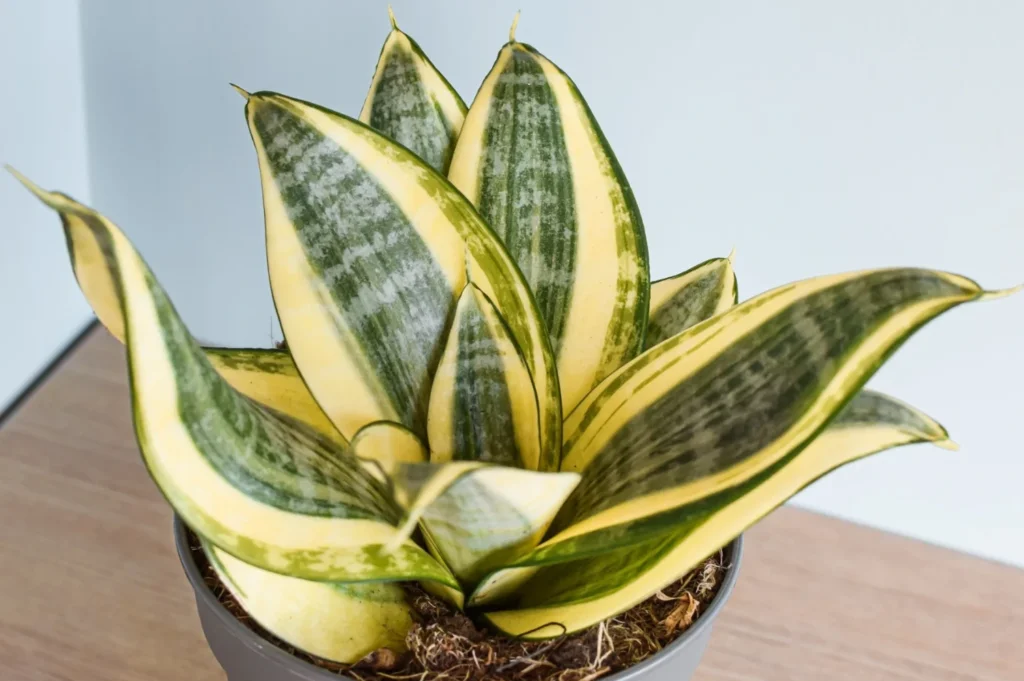
How to Plant Golden Hahnii Properly
1. Selecting the Right Pot
Always choose a container with drainage holes. Terra cotta pots are excellent since they allow the soil to dry out faster. Avoid deep or oversized pots, as they retain excess moisture and increase the risk of root rot.
2. Choosing the Right Soil Mix
This variety thrives in well-draining soil. Use a commercial succulent or cactus mix, or create your blend:
- 2 parts regular potting mix
- 1 part coarse sand or perlite
- Optional: 1 part pumice for added drainage
3. Propagation Options
Golden Hahnii is easy to propagate by:
- Division – Separate the pups (baby offshoots) from the mother plant and pot them individually.
- Leaf Cuttings – Cut mature leaves into 2–3 inch sections, let them callous over for 24 hours, then plant them upright in moist soil.
Best Growing Conditions
1. Light
Golden Hahnii adapts to different light conditions:
- Thrives in bright, indirect light
- Tolerates shade or low light
- Avoid placing in direct sunlight for long hours, as this can cause leaf discoloration or burns
2. Watering
This snake plant prefers dry spells between watering sessions. Here’s a rule of thumb:
- Water every 2–3 weeks, or when the top 2 inches of soil are completely dry
- During colder months, reduce watering frequency to once a month
Caution: Do not overwater; soggy soil can lead to root rot quickly.
3. Temperature and Humidity
Golden Hahnii loves a warm, dry environment:
- Ideal range: 60°F to 85°F (15°C to 29°C)
- Keep away from cold drafts or temperatures below 50°F (10°C)
No need to worry about humidity levels; this plant does well in normal indoor air.
4. Fertilization
Feed lightly during the growing season:
- Use a diluted, balanced houseplant fertilizer (such as 10-10-10)
- Fertilize once a month in spring and summer
- Skip feeding during winter
Care and Upkeep
– Cleaning Leaves:
Dust can block sunlight and slow growth. Wipe the leaves with a damp cloth every few weeks.
– Pruning Dead Foliage:
Use sterilized scissors to snip off yellow, dried, or damaged leaves at the base.
– Repotting:
Repot every 2–3 years or when the plant outgrows its container. Always size up just one pot size to avoid moisture retention.
Caution for Pet Owners
Golden Hahnii, like other snake plants, is toxic to cats and dogs if chewed or ingested. Symptoms may include nausea, drooling, or vomiting.
Keep it in a pet-free zone or out of reach on high shelves or plant stands.
Troubleshooting Common Issues
| Issue | Signs | What to Do |
| Too much water | Yellow, mushy leaves | Let soil dry, reduce watering |
| Underwatering | Wrinkled, dry foliage | Water thoroughly, then let dry |
| Insufficient light | Faded or slow growth | Move to a brighter spot |
| Pests | Webbing or white cottony spots | Treat with neem oil or insecticidal soap |
Tip: When in doubt, water less. Snake plants handle dryness better than too much moisture.
Final Thoughts: Is Golden Hahnii Worth It?
The answer is a resounding yes. Whether you’re new to indoor plants or already a seasoned green thumb, Sansevieria ‘Golden Hahnii’ offers stunning aesthetics with minimal care.
Key Benefits
- Perfect for small spaces
- Easy to grow, even for beginners
- Attractive leaf colors and shapes
- Tolerates neglect and low light
- Excellent air-purifying qualities
Minor Drawbacks
- Toxic to pets
- Slow-growing compared to taller snake plant types
Expert Insight: Golden Hahnii is a smart pick for anyone who wants a low-effort, visually appealing houseplant. With proper care, it can be a long-lasting addition to your home or office.
Quick Care Guide
| Requirement | Recommendation |
| Light | Indirect bright light; tolerates low light |
| Water | Every 2–3 weeks |
| Soil | Succulent/cactus mix |
| Temperature | 60–85°F (15–29°C) |
| Feeding | Monthly in growing season |
| Toxicity | Unsafe for pets |
Where to Buy Golden Hahnii
This popular variety is widely available at:
- Local nurseries or plant stores
- Online retailers like Etsy, Amazon, and plant boutiques
- Big box stores like Lowe’s and Home Depot
When purchasing:
- Check for firm, upright leaves
- Avoid soft, yellowing, or drooping plants
- Opt for a plant with visible healthy pups for future propagation
Conclusion
The Sansevieria trifasciata ‘Golden Hahnii’ is the ultimate low-maintenance plant with a bold visual appeal. Compact, stylish, and adaptable, it’s ideal for small spaces, busy schedules, and beginners alike. With a little attention and the right environment, this golden beauty will thrive in your indoor garden for years.



